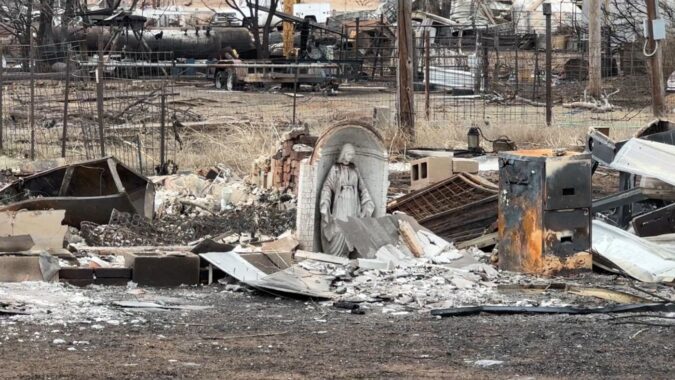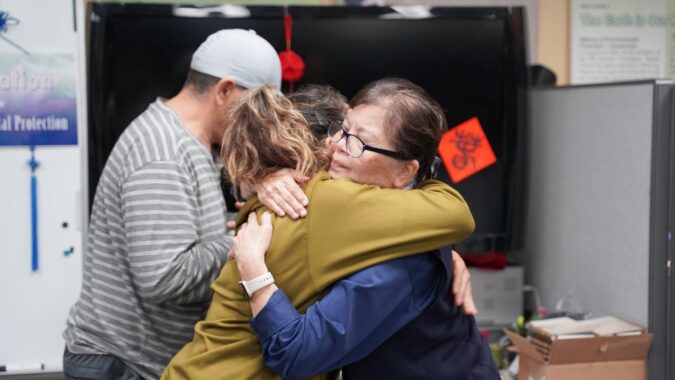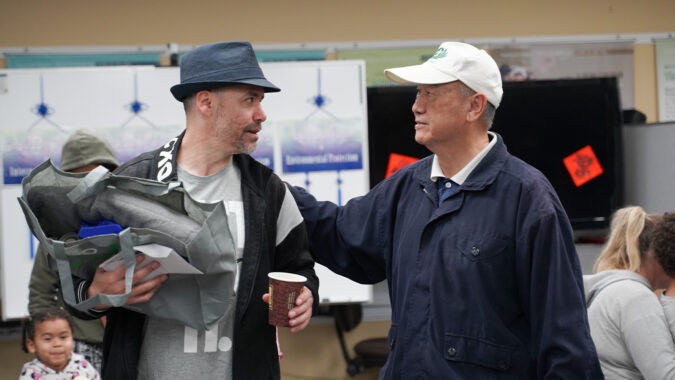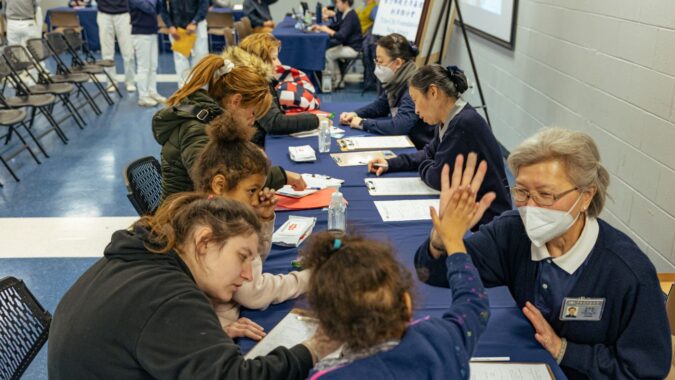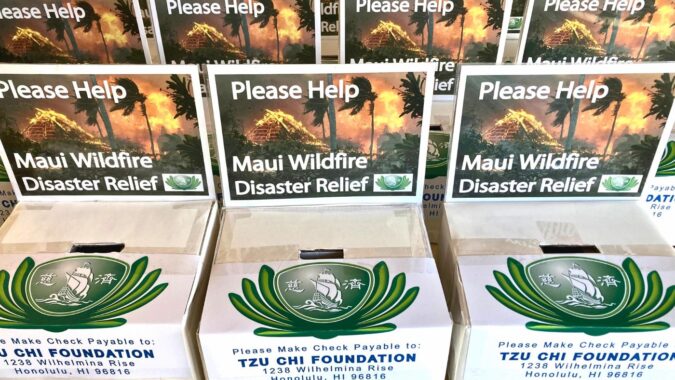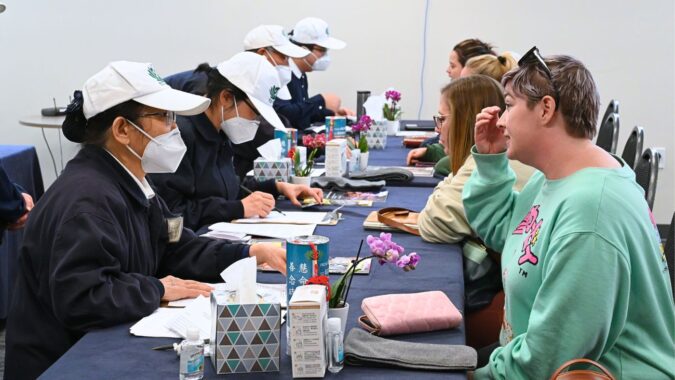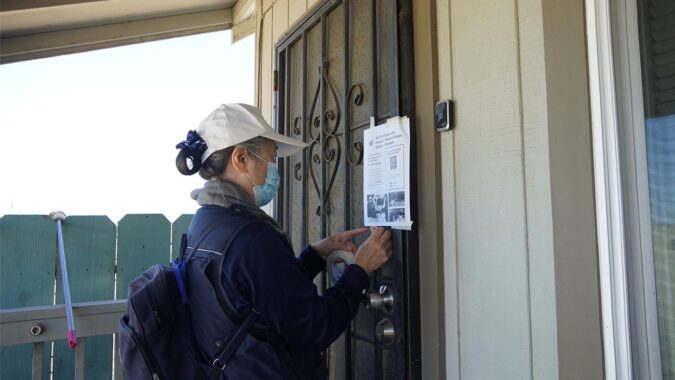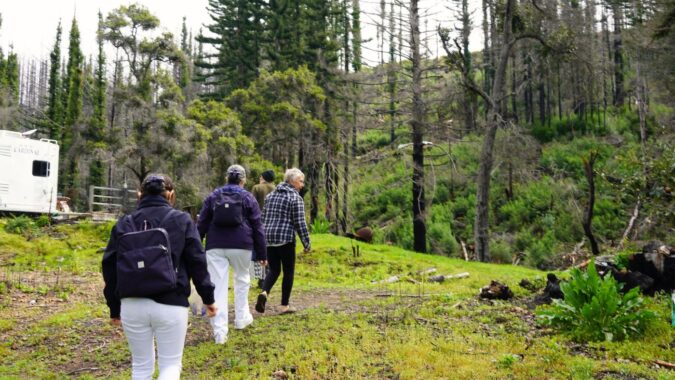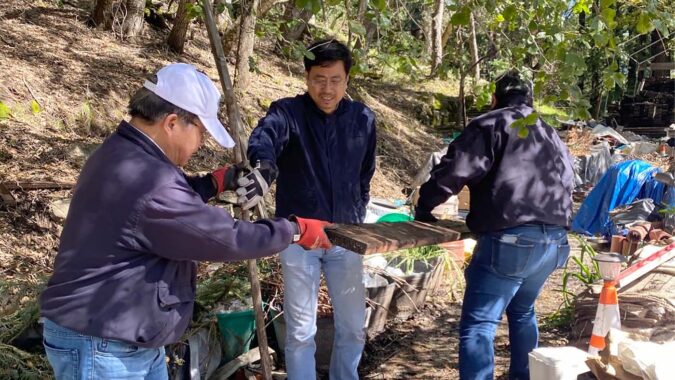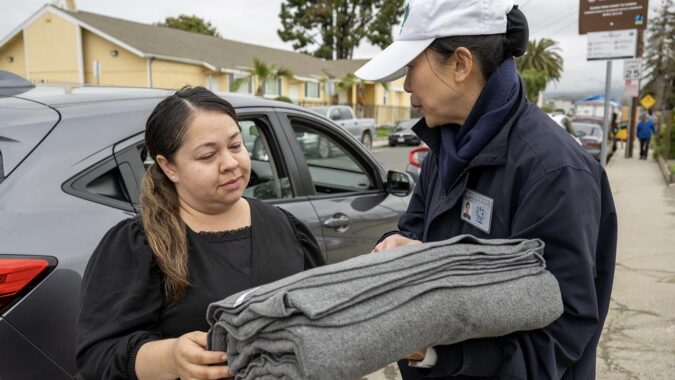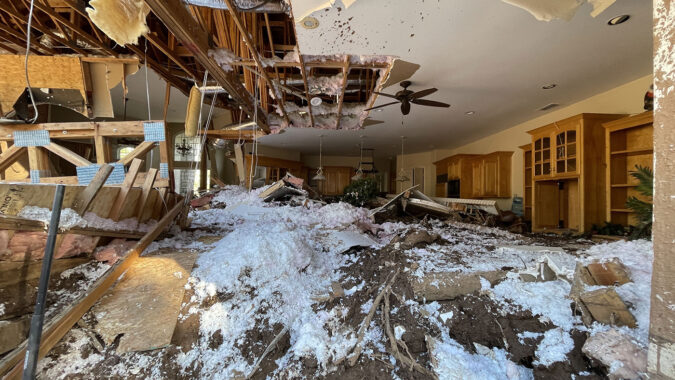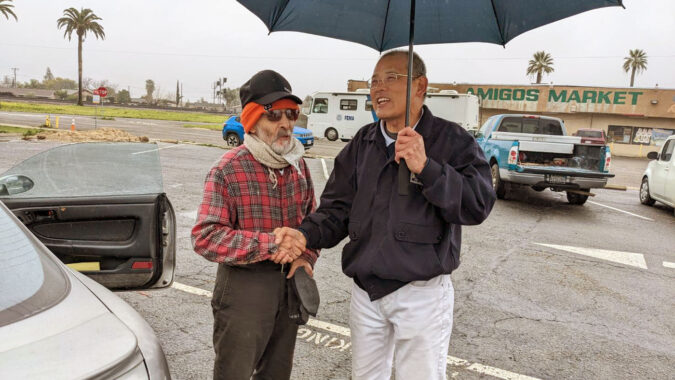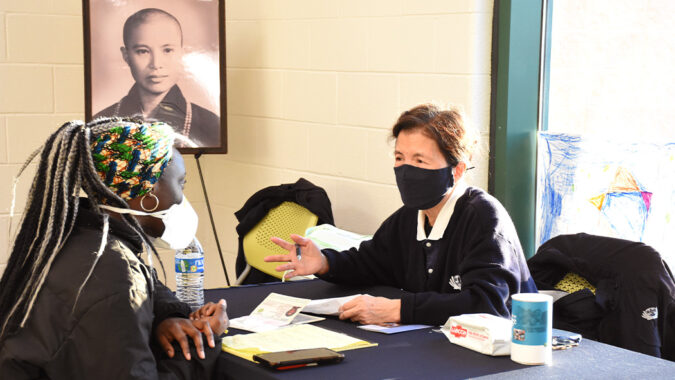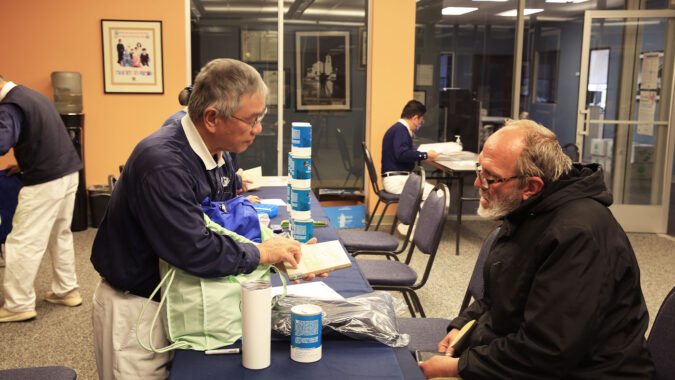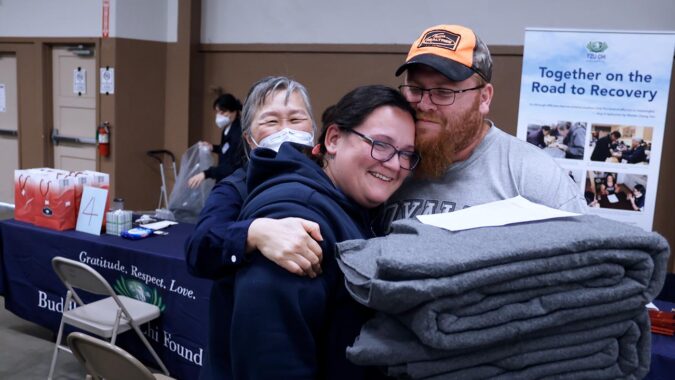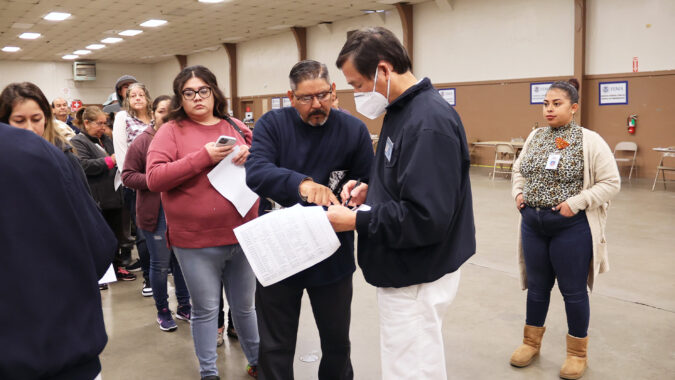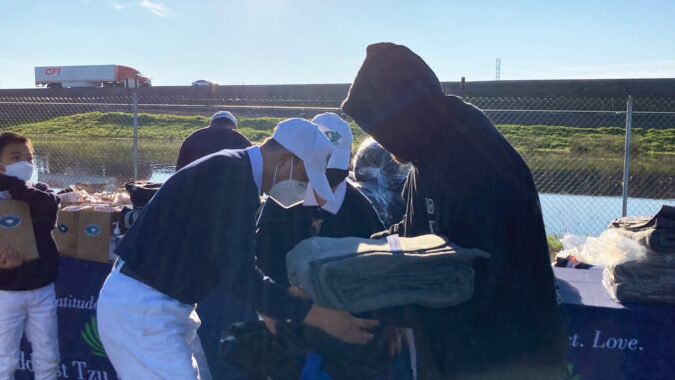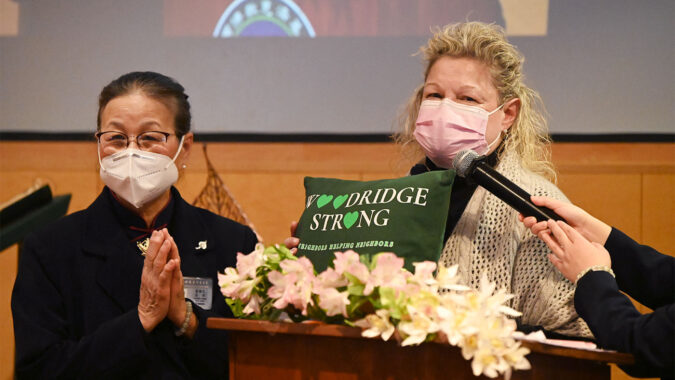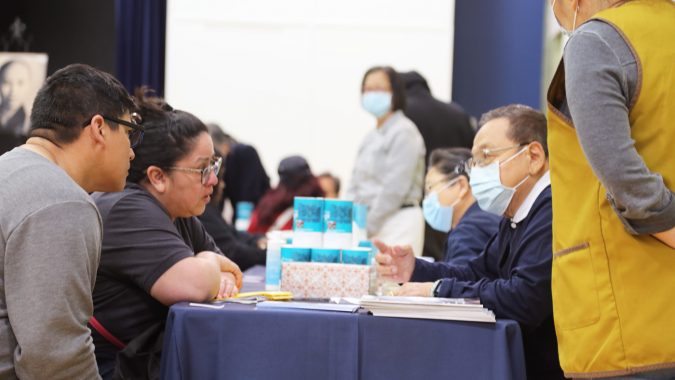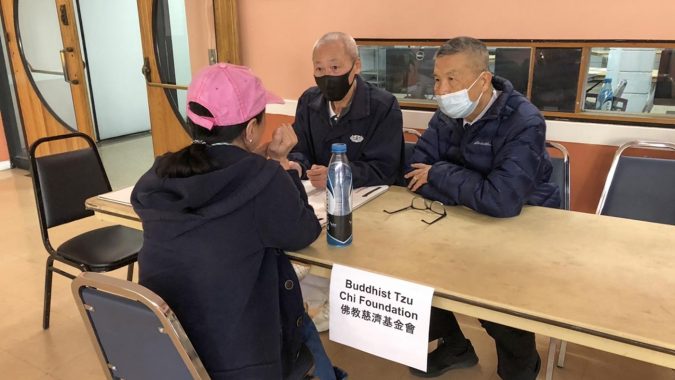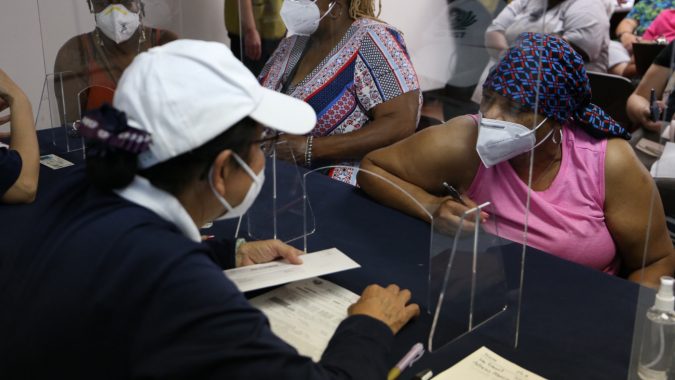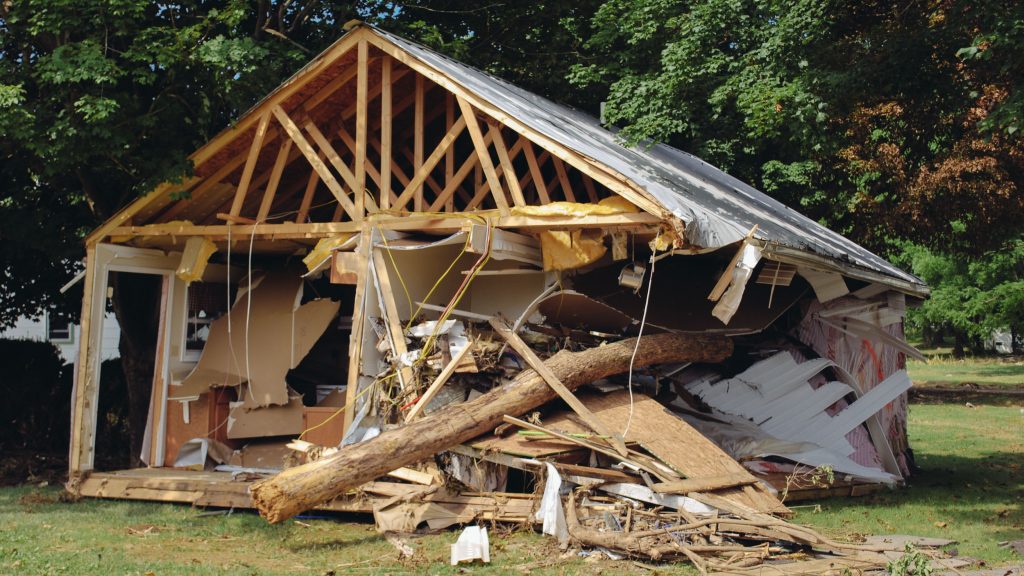
On June 23rd, people in West Virginia faced what the National Weather Service called a "one-in-a-thousand-year event" when 8-10 inches of rain fell within hours in parts of the state, causing torrential flash flooding that claimed more than 20 lives.
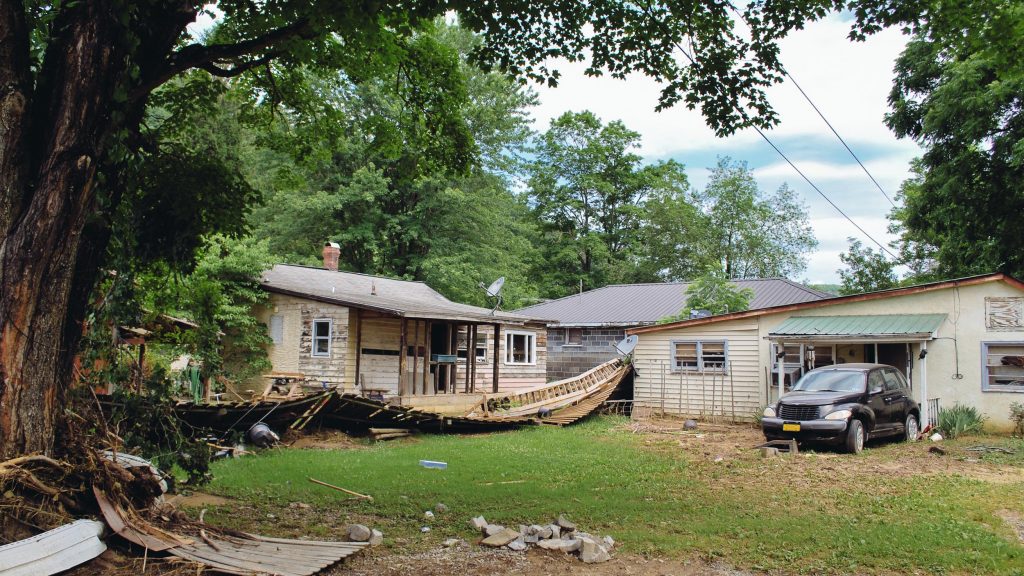
Governor Earl Ray Tomblin assessed the level of flooding as “among the worst in a century” for some parts of West Virginia, and issued a state of emergency for 44 counties while deploying members of the National Guard to help emergency responders.
The worst is now over, but the aftermath is devastating for thousands of West Virginians. Tzu Chi USA volunteers from New Jersey mobilized and on June 29th, drove 9 hours and 533 miles to reach Charleston, West Virginia and begin their disaster assessment in the flood affected surrounding areas.
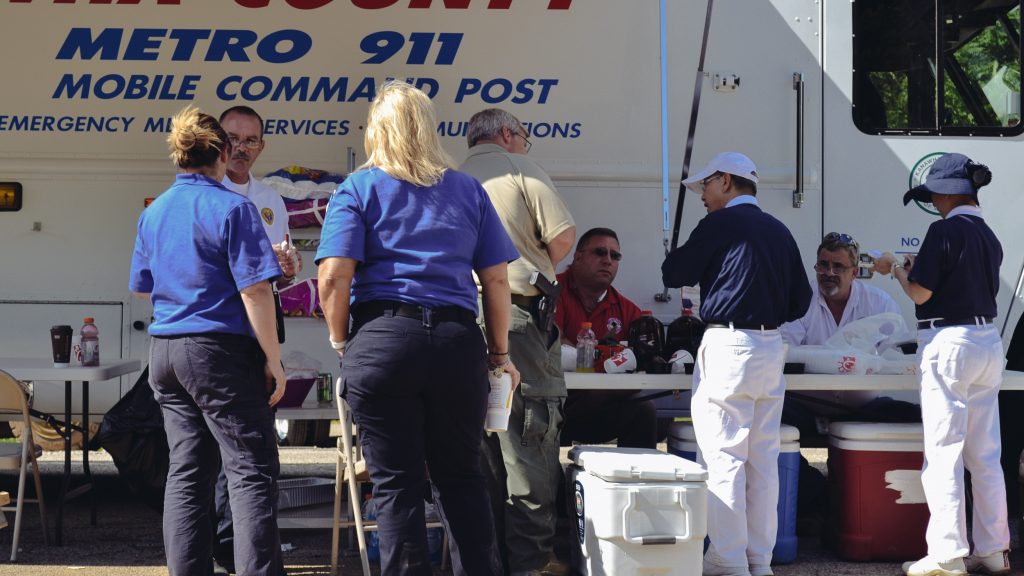
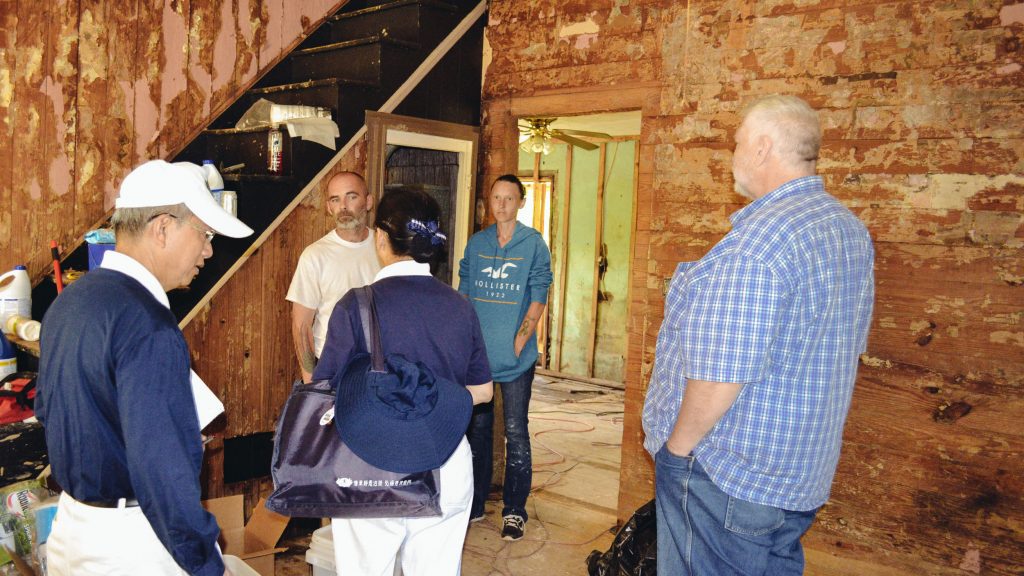
Donna Lee from the American Red Cross helped Tzu Chi volunteers get around once they arrived, since travel was difficult with wreckage piled up in certain areas. Volunteers visited the houses of several survivors who were by then able to return home to begin the massive clean-up that awaits.
In the home of Randy Hudson, one of the flood victims, all the household contents were ruined so everything had to be discarded, all the wallpaper was to be peeled off, and the entire house sanitized to eliminate hazardous mold.
Randy was still in shock over what had happened, and it was easy to understand why when he showed volunteers a photo taken during the peak of the disaster: It showed a surreal scene of a house that was completely submerged while engulfed in flames at the same time.
Tzu Chi volunteers then met with FEMA officer David Armstrong, and discussed possible disaster relief plans and distribution locations.
On June 30th, volunteers travelled to White Sulphur Springs, another disaster site 105 miles south of Charleston.
Local residents remembered how on the day of the flood, it all started with a downpour which in less than an hour dropped 60 inches of accumulating rain, downed trees, and demolished homes. Once the flooding finally subsided, residents faced a wasteland with garbage everywhere and nearly everything caked in mud. The residents explained that the houses marked with a red “X” were unsalvageable and too dangerous to even enter.
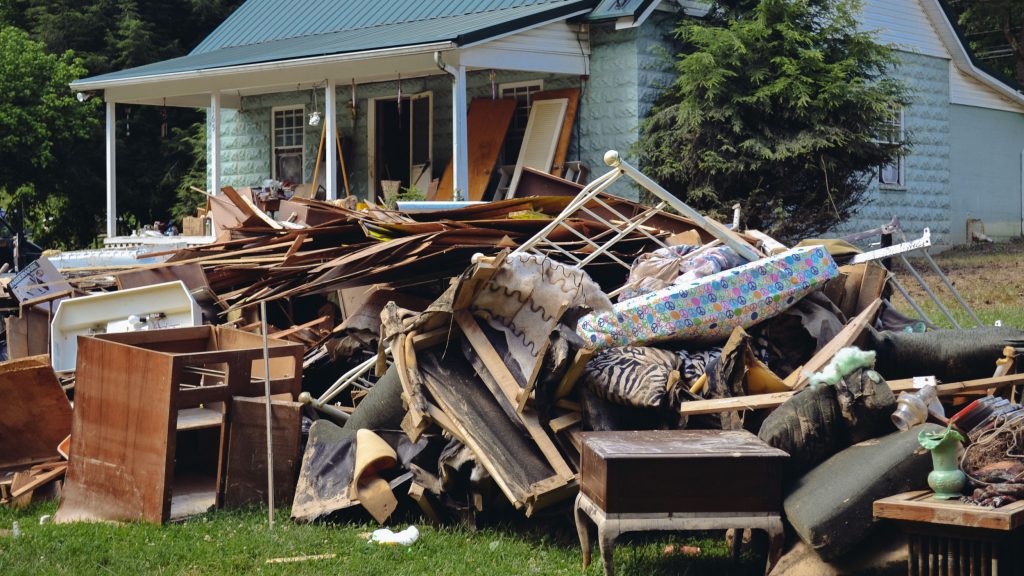
As they continued their assessment, volunteers discovered that certain disaster zones were being guarded by the army, and permission was required to enter the area.
As the assessment drew to a close, Tzu Chi volunteers discussed detailed disaster relief strategies and plans with the American Red Cross and local Government officials.
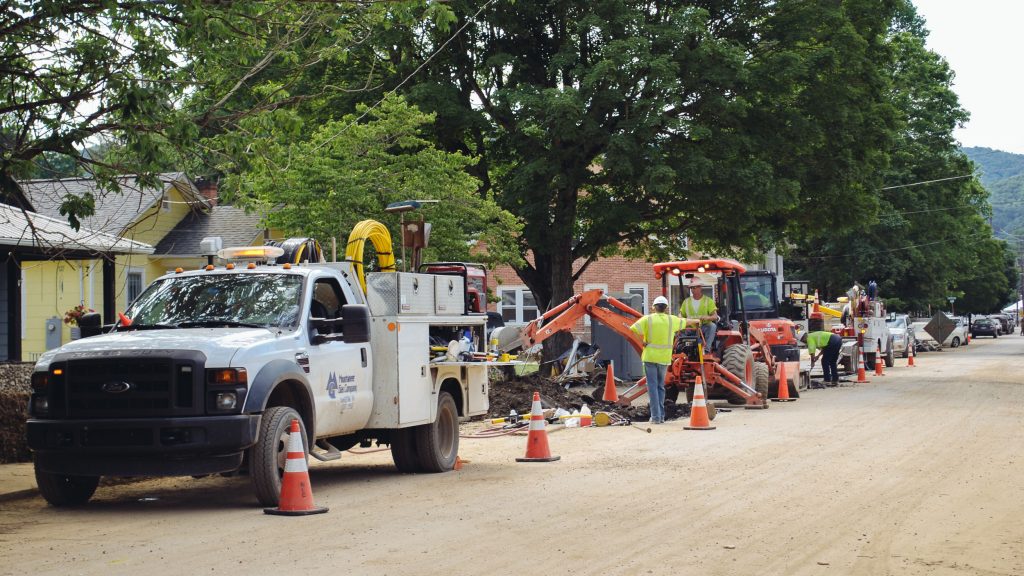
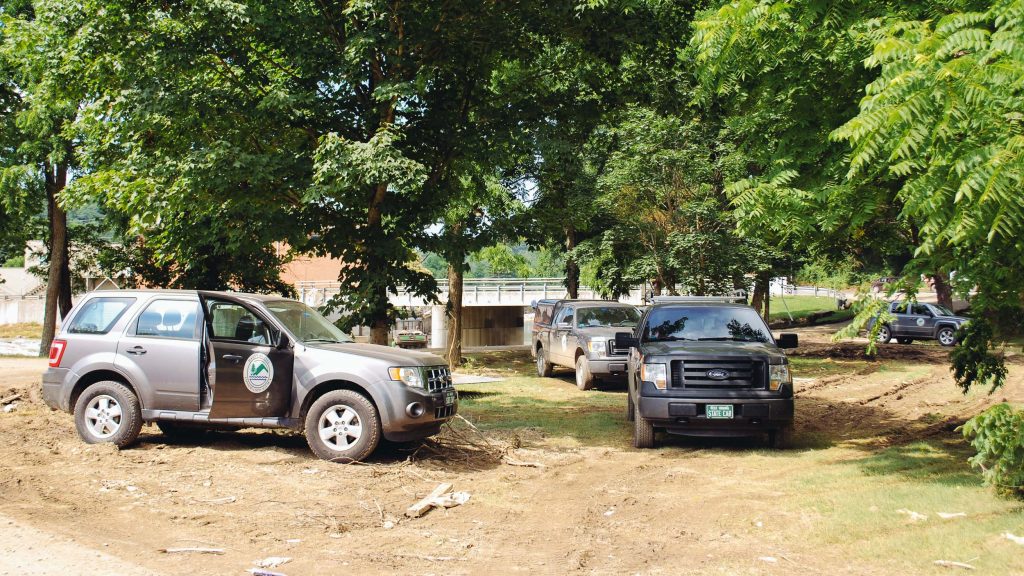
Their immediate goals at this time are, to establish a list of the most devastated areas and a list of flood survivors in need of aid; plan the logistics of the relief mission; and determine optimal distribution sites.

